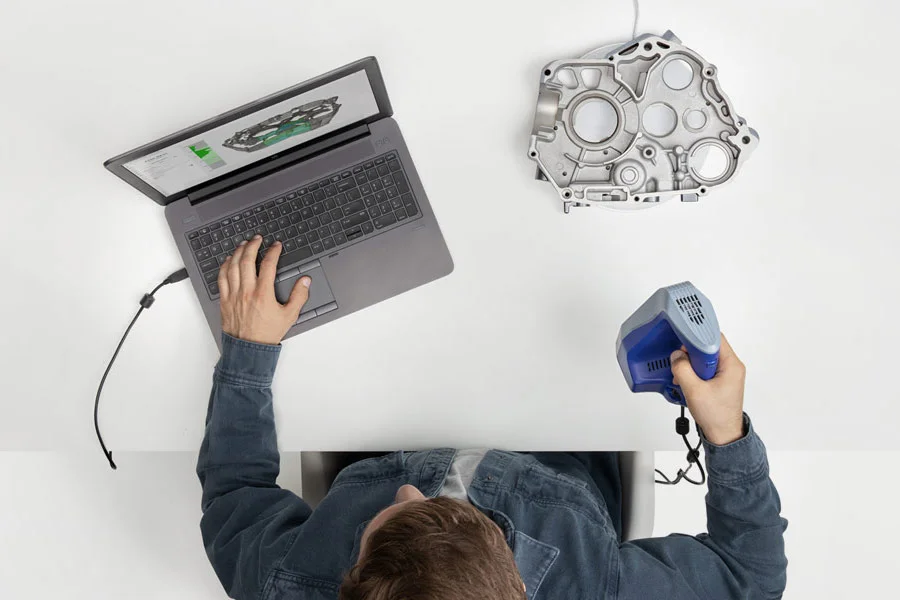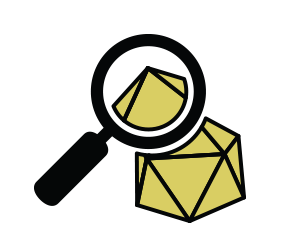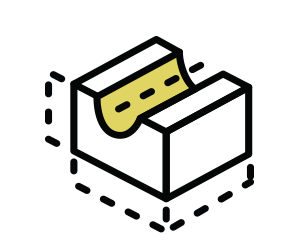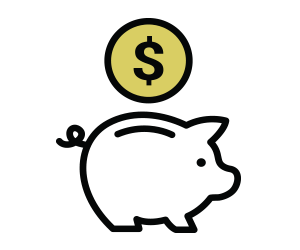
Are you on the search for a professional 3D scanner for work and don’t know where to start? With so many options available, it can be quite an overwhelming experience.
There are several factors to consider in figuring out which 3D scanner is right for you.
But first things first: decide what you want to accomplish.
“If you don’t have a clear idea of what you want to achieve, it’s difficult to know—and get—what you need to produce the right results.”
— From the article, How To Ensure Your 3D Scanner Becomes A Return on Investment (ROI)?
The good news is that all the decisions you need to make are driven by your use case (your application and user requirements). Once you know that, it is relatively easy to find the one that’s right for you.

Instantly Book A Web Demonstration
Let us show you how 3D scanning can transform the way you work.
We can answer any questions you have on the technology right on the spot. Currently available for bookings anywhere in the US.
-
What Is Your Application?
A 3D scanner is a device that outputs a digital replica (or a 3D model) of a physical object like this whitetail buck skull.
3D scanning is also an efficient method for data collection and statistical analysis. That’s because the digital 3D coordinates (or surface measurement points) are collected from the scanner. This is especially useful for comparative studies. Researchers can compare the coordinates of this whitetail buck skull to other specimens to see how they relate or differentiate from one another.
So, what do you plan to use the 3D model for?
Is your purpose of using a 3D scanner to: (check the ones that apply to you)
- visualize a physical object in 3D
- reverse engineer an object for product design (Scan to CAD)
- take accurate measurements of an object with confidence
- study measurement changes over time
- create customized products
- inspect the quality of a part for defects
- or, other innovative uses?
Knowing this will help you come up with a checklist of requirements you can use to evaluate the 3D scanners you are considering.
-
What Are Your User Requirements?
What parameters do you need to work with? This chart lists the requirements that will help determine the technical specifications you need from a 3D scanner. Asking the right questions will help you narrow down your search.
Project Requirements 
Accuracy
How true does the scanner’s measurement need to be relative to the real value of the object?

Resolution
How much detail do you need in a scan?

Object Size
What is the size of the objects you are looking to scan?

Portability
Do you need to travel frequently or scan in remote locations?

Color
Do you need to capture the surface information in color?

Automation
Do you need the 3D scanner to scan by itself without human assistance?

Budget
How much money do you want to spend?

Takeaway
You might already have preconceived notions of which 3D scanner you want, but taking the time to carefully assess what you need can help you come up with a list of criteria for the 3D scanner you actually need. This becomes the checklist you use to evaluate the 3D scanners you are considering to help you get the best 3D scanner that’s right for your needs.